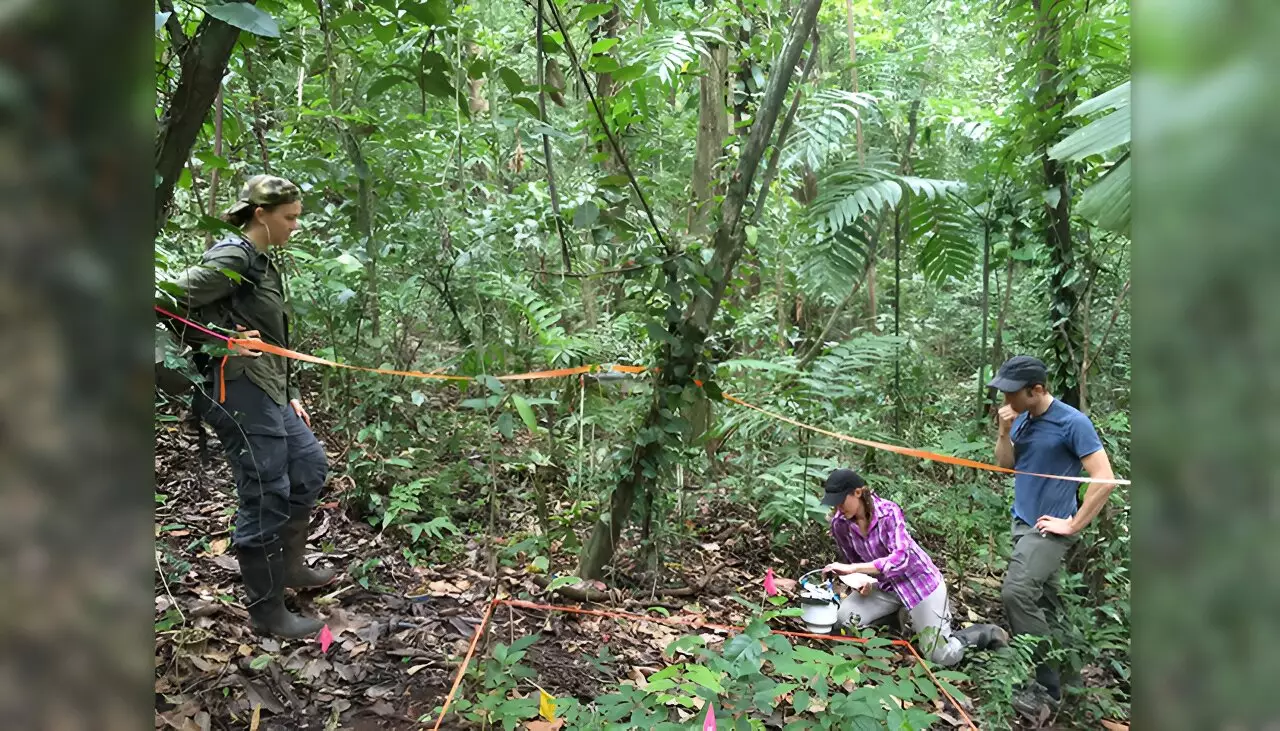Tropical forests play a crucial role in the global carbon cycle, acting as a significant carbon sink. However, recent research conducted by Lawrence Livermore National Laboratory (LLNL) and other institutions highlights the potential threat climate change poses to this delicate balance. The study found that warming and drying of tropical forest soils could lead to increased soil carbon vulnerability, ultimately impacting carbon storage in these ecosystems.
The findings of the research indicate that both warming and drying can accelerate the loss of older soil carbon or reduce the incorporation of fresh carbon inputs, thereby intensifying soil carbon losses. This could have negative consequences for carbon storage in tropical forests under climate change scenarios. With the tropics projected to experience both warmer and drier conditions in the future, the impact on carbon balance could be significant, especially considering the high rates of carbon exchange and storage in these regions.
The study conducted in Panama during climate manipulation experiments revealed interesting insights into the mechanisms behind the changes in soil carbon dynamics. It was discovered that both whole-profile in situ heating of soil and exclusion of rainfall led to an increase in the average age of carbon released by the soil. Warming accelerated the decomposition of older carbon, while drying suppressed the decomposition of newer carbon inputs. These different mechanisms highlight the complexity of how climate factors can influence carbon balance in tropical forests.
The research emphasized the significance of carbon-14 values in understanding the age of carbon sources being released as CO2. By analyzing carbon-14 isotopes of soil-respired CO2, the researchers were able to determine the impact of warming and drying on the amount and age of carbon released from the soil. This approach provided valuable insights into how different climate conditions affect the carbon dynamics in tropical forest ecosystems.
The study also pointed out limitations in previous research conducted in tropical forests, which mainly focused on total CO2 flux rates. While important for determining overall carbon balance, these measurements often overlook the underlying mechanisms driving changes in carbon dynamics. By incorporating carbon-14 analysis, the current research was able to reveal the specific effects of warming and drying on soil carbon release more accurately.
The research conducted by LLNL and its partners sheds light on the complex relationship between climate change and carbon balance in tropical forests. The findings underscore the vulnerability of these ecosystems to warming and drying, emphasizing the need for further studies to understand and mitigate the potential impacts of climate change on carbon storage. By employing advanced techniques such as carbon-14 analysis, scientists can unravel the intricate mechanisms governing soil carbon dynamics in tropical forests, ultimately aiding in the development of effective conservation strategies.


Leave a Reply